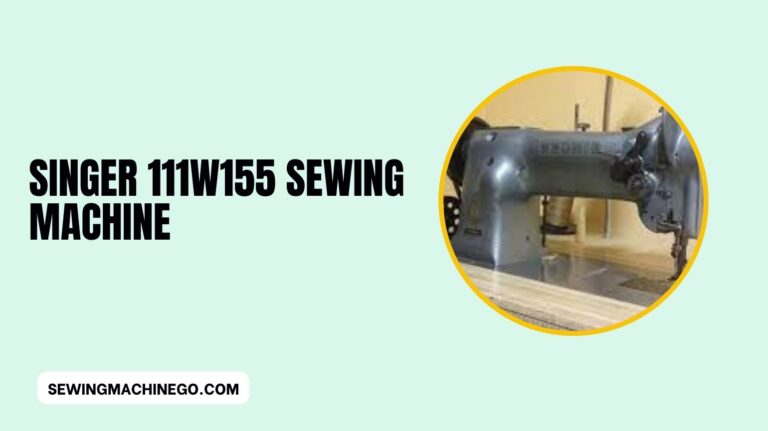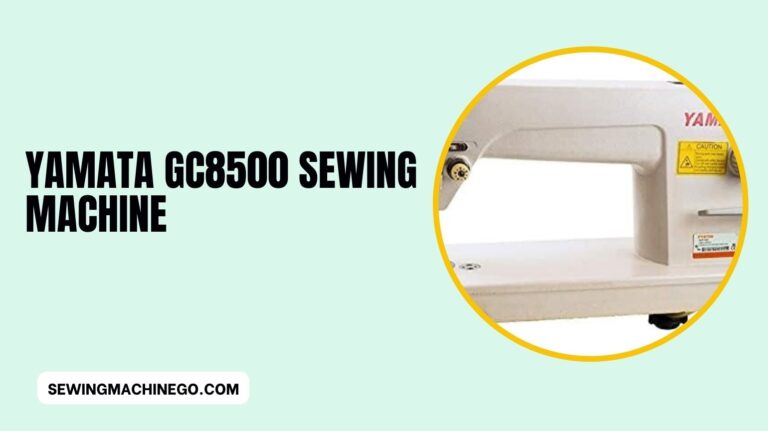How to Sew Jeans by Hand? Easy Steps Guide in 2024
Sewing jeans by hand is a rewarding craft that combines artistry with practical skill. How to Sew Jeans by Hand? While the process may seem daunting,
mastering the art of hand-sewing denim opens a world of creative possibilities. From personalizing your denim to repairing beloved jeans,
the journey of hand-sewing jeans begins with understanding the fundamental techniques and a patient approach to this durable fabric.

Introduction to Hand Sewing Jeans
In the realm of garment making, hand sewing holds a distinct allure. It embodies precision, craftsmanship, and a personal touch that cannot be replicated by machines alone.
Sewing jeans by hand not only allows for customization but also grants a deeper connection to the creation process.
Choosing the Right Materials
Before diving into the sewing process, it’s crucial to select the right materials. Denim comes in various weights and finishes,
so choosing a sturdy yet manageable fabric is essential. Additionally, having the right tools such as heavy-duty needles, strong thread, and quality scissors is imperative for a smooth sewing experience.
Preparing the Fabric
Before diving into the intricacies of sewing jeans by hand, fabric preparation is a pivotal step. To ensure durability and a polished finish, start by pre-washing and drying the denim to eliminate any shrinkage.
Lay out the fabric, ensuring it’s wrinkle-free, and carefully trace and cut the pattern pieces following the guidelines provided. This foundational stage sets the tone for the precision and quality of the hand-sewn jeans.
Stitching Techniques for Jeans
When it comes to stitching jeans by hand, mastering certain techniques is key.
The running stitch is ideal for joining denim pieces together while reinforcing stress points with a sturdy backstitch enhancing the garment’s strength and durability.
When hand-sewing jeans, mastering the right stitching techniques is crucial for a durable and professional finish.
1. Running Stitch for Seams
The running stitch is the fundamental stitch for joining denim pieces together. It involves passing the needle in and out of the fabric in a straight line.
This stitch creates a neat and secure seam, ideal for connecting panels on the legs, sides, or back of the jeans.
2. Backstitch for Reinforcing Stress Points
Reinforcing stress points in jeans, such as pocket corners or areas prone to wear, requires a more robust stitch. The backstitch is perfect for this.
It involves overlapping the stitches, creating a sturdy line that prevents seams from unraveling or breaking easily. Utilizing this stitch enhances the strength of these crucial areas, ensuring the longevity of your handmade jeans.
3. Topstitching for Professional Finish
Topstitching adds a professional touch to hand-sewn jeans. This visible stitching on the outside of the garment not only reinforces seams but also contributes to the aesthetic appeal.
Using a heavier thread in a contrasting color can create a striking effect, highlighting the seams and giving the jeans a distinctive look.
4. Flat Fell Seam for Durability
Flat fell seams are commonly used in jeans construction for their durability.
This technique involves enclosing raw edges within the seam, preventing fraying and adding strength to the seam. It’s a bit more complex but results in a clean finish both inside and outside the garment.
5. Bar Tacks for Added Strength
Bar tacks are small, closely spaced stitches used at stress points like belt loops or pocket openings.
These stitches are designed to reinforce these areas, preventing them from tearing or coming apart with regular use. Adding bar tacks provides extra strength to critical parts of the jeans, ensuring longevity.
Mastering these stitching techniques not only ensures the durability of hand-sewn jeans but also contributes to their overall aesthetic appeal.
Experimenting with different stitches and thread types allows for customization, making each pair of jeans unique.
Assembling the Jeans
Assembling jeans involves meticulous steps, including sewing pockets, the fly, and the waistband.
Each step requires attention to detail to achieve sturdy and professional-looking seams. Taking time during this stage ensures a well-crafted final product.
Finishing Touches and Alterations
When it comes to crafting the perfect pair of jeans by hand, the finishing touches and alterations are the defining steps. Seam by seam, the meticulous artistry of stitching and hemming brings these denim wonders to life.
From the precise tapering to the strategic distressing, every alteration adds character and customizes the fit. Whether it’s the subtle art of pocket placements or the final flourish of the button and zipper,
these details elevate handmade jeans from mere garments to personalized masterpieces, each stitch a testament to the dedication of the craftsperson.
Caring for Hand-Sewn Jeans
Caring for hand-sewn jeans requires a delicate touch and mindful upkeep. After the labor of love that goes into hand-sewing denim, gentle maintenance ensures longevity. Always wash inside out, preferably by hand or on a gentle cycle.
Air dry or tumble dry on low to preserve the stitches. Mend any loose threads promptly to prevent unraveling. Treat stains with mild detergent, avoiding harsh chemicals that could damage the fabric or stitches.
With proper care, your hand-sewn jeans will continue to bear the mark of craftsmanship and dedication.
People also ask
Can you hand-sew jeans?
Hand-sewing jeans are not just possible but can result in a unique, personalized pair. It requires patience,
the right tools, and mastering a few key stitches like the running stitch and backstitch. With dedication, you can craft a durable and custom-fit pair of jeans entirely by hand.
What is the best stitch for sewing jeans?
The best stitch for sewing jeans is the backstitch. It’s sturdy, durable, and ideal for reinforcing stress points in denim, ensuring strong seams that withstand wear and tear.
How do you sew a tear in jeans by hand?
To sew a tear in jeans by hand, start by aligning the torn edges together.
Use a strong needle and thread, employing a whip stitch or a backstitch along the tear, ensuring it’s secure and the stitches are tight to mend the tear seamlessly.
Do you need a special needle to sew denim?
Yes, using a heavy-duty needle designed for denim or jeans is recommended when sewing denim by hand.
These needles are stronger and thicker, allowing them to pierce through the dense fabric more easily without breaking.
Conclusion – How to Sew Jeans by Hand?
In conclusion, while sewing jeans by hand requires patience and attention to detail, it’s a rewarding skill that allows for customization and a personal touch to your wardrobe.
With the right materials, techniques, and practice, anyone can master the art of hand-sewing jeans, creating unique and durable denim pieces tailored to individual style preferences.

Hi, I am Alice, and I am your perfect guide to the world of sewing machines. With over 10 years of experience in the sewing industry, I am passionate about sharing my knowledge and expertise to help you make the most of your sewing journey. about me





